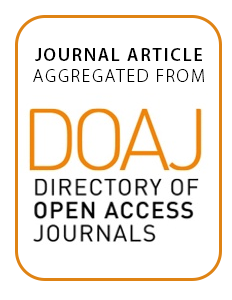Resource information
Open space (OS) is a key element in the provision of ecosystem services (ES) in urban environments. Under a land cover-land use perspective, cities are incorporating into the expansion process to different types of surfaces: sealed, paved surfaces and OS. The first corresponds to a land cover change while the second, which includes bare soil, grass, forest or any other type of non-sealed surface, corresponds to a land use change, without physical transformations. As a land use change OS is able to keep fundamental pre-existing ecological properties. However, besides specific ecological characteristics, the overall capacity to provide ES depends also on the size, number and spatial distribution of OSs within the urban fabric. Those aspects which can determine the very ecological performance of urban ecosystem services (UES) are not yet included in the current urban planning in Latin America. OS is still understood mainly as green infrastructure and related mostly with aesthetic and cultural benefits. On the contrary, under an ecological point of view, OS is capable to provide fundamental UES, which can be spatially assessed and analyzed. In this paper the provision of cooling services (CS) is assessed in 2 South American cities: Lima and Santiago de Chile. The provision of CS is measured by means of a Remote Sensing-GIS-based method. Two aspects of CS are explored: (1) the current amount of existing OS; and (2) the trend of increasing/reducing CS within the urban tissue, in a dynamic assessment of spatial distribution and rates of OS incorporation to the continuous urban tissue. The aim is to analyze the CS generated by OS in those two cities. The analysis discusses the role of OS in the provision of CS, considering the current urban development trends and planning practice in these specific Latin American cities, highlighting the need to keep unsealed surfaces and increase in trees coverage, to retain the CS provision in certain levels.


